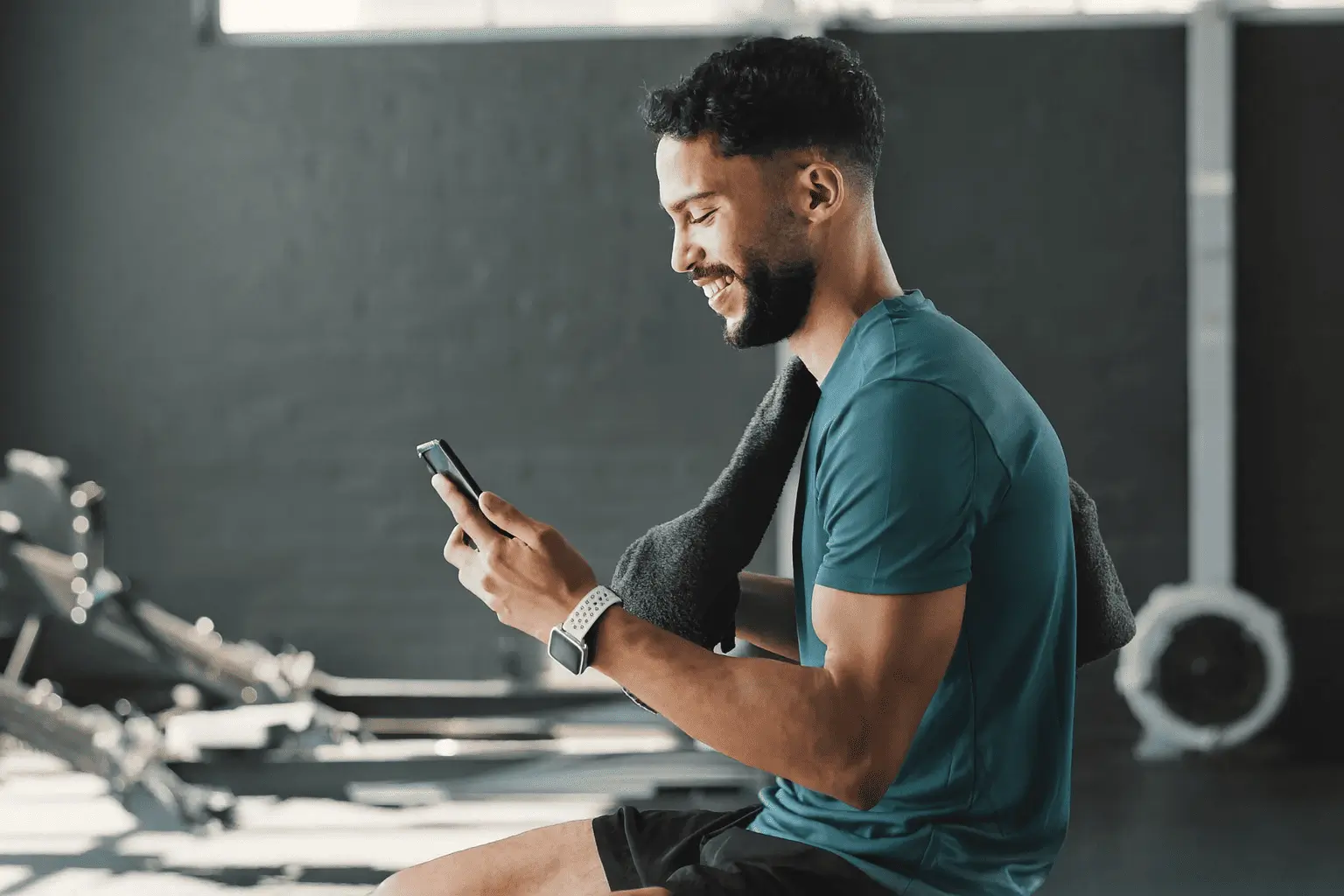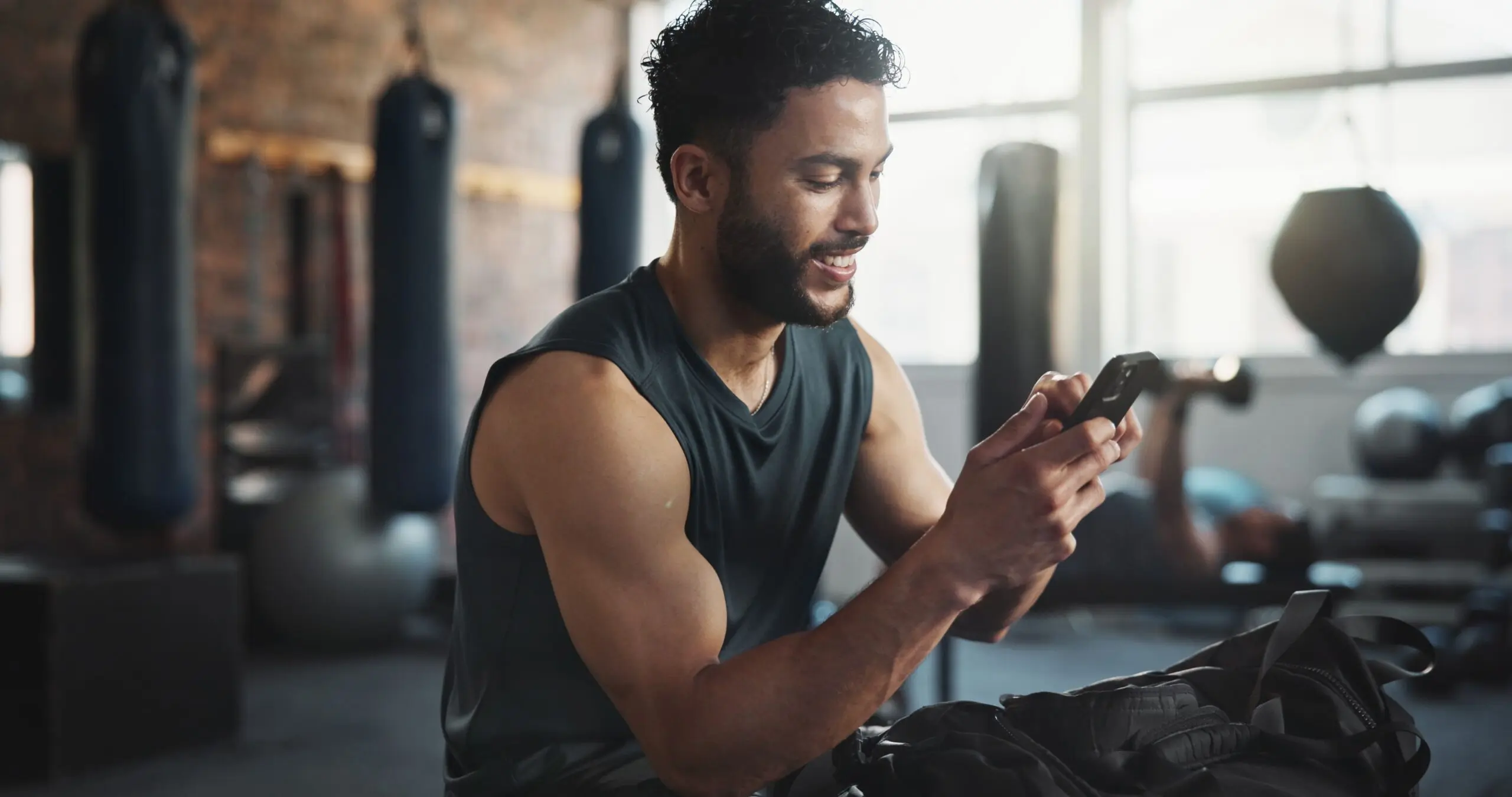The squat is often hailed as the king of all exercises, and for good reason. Whether you’re a beginner, an advanced lifter, or somewhere in between, squats are a foundational movement that builds strength, stability, and mobility. They target multiple muscle groups, including your quads, hamstrings, glutes, calves, and core, making them one of the most effective compound exercises for overall fitness.
However, squatting with improper form can lead to inefficiency, plateaus, and even injury. Perfecting your squat isn’t just about lifting heavier weights—it’s about achieving better control, depth, and alignment. If you want to maximize your squat potential, these five tips will help you fine-tune your technique and unlock your strength.
1. Nail the Basics: Proper Setup
Your squat form starts before you even begin to descend. A proper setup lays the foundation for a strong and stable squat. Here’s how to get it right:
a. Foot Position
Stand with your feet slightly wider than shoulder-width apart. Angle your toes outward at about 15–30 degrees. The exact angle will depend on your hip mobility and comfort. Your stance should feel natural, allowing your knees to track comfortably over your toes as you descend.
b. Barbell Placement (For Barbell Squats)
High Bar Position: Place the barbell on your traps, just below your neck. This position keeps the torso more upright, emphasizing the quads.
Low Bar Position: Rest the barbell lower, across your rear delts. This allows for a more forward lean, engaging the posterior chain (hamstrings and glutes).
c. Bracing Your Core
Before descending, take a deep breath into your belly. Brace your core as if preparing to take a punch—this stabilizes your spine. Maintain this tension throughout the lift to prevent your back from rounding or arching excessively.
Proper setup ensures that your body is aligned and prepared to handle the load effectively. Skipping this step can result in instability and poor movement patterns.
2. Focus on Mobility and Flexibility
Squatting to full depth (breaking parallel) is often limited by mobility issues, especially in the hips, ankles, and thoracic spine. Addressing these limitations will improve your squat mechanics and reduce your risk of injury.
a. Hip Mobility
Tight hips can prevent you from squatting deeply without compensating by rounding your lower back. Incorporate dynamic stretches like:
- 90/90 Hip Stretch: Sit on the floor with one leg bent in front of you at 90 degrees and the other bent behind you at 90 degrees. Lean forward slightly to stretch the hip of the front leg.
- World’s Greatest Stretch: Step into a lunge, placing your hands on the floor. Rotate your torso toward your front leg, raising your arm toward the ceiling.
b. Ankle Mobility
Limited ankle dorsiflexion (ability to bend your ankle upward) can cause your heels to lift during a squat. Improve this with:
- Calf Stretch: Stand with your toes on a raised surface and let your heels drop.
- Ankle Rocks: Kneel in a lunge position and gently push your knee forward over your toes, keeping your heel grounded.
c. Thoracic Spine Mobility
A stiff upper back can lead to poor posture during squats, especially when using a barbell. Work on this with:
- Cat-Cow Stretch: Move between arching and rounding your back on all fours.
- Thoracic Rotations: Sit on the floor with your legs crossed, and twist your upper body side to side.
Improving mobility and flexibility takes time, but it’s an investment that pays off in better squat form and greater strength gains.
3. Master Your Descent
The descent, or lowering phase of the squat, is where many people struggle. It’s essential to control this phase to maintain balance and avoid unnecessary strain.
a. Initiate With the Hips and Knees
Simultaneously push your hips back and your knees outward. Avoid leading solely with your knees, which can place excessive stress on them, or solely with your hips, which can overemphasize the lower back.
b. Maintain an Upright Torso
Keep your chest lifted and your gaze forward. Engage your core to prevent your upper body from collapsing forward.
c. Slow and Controlled Movement
Descend at a steady pace, rather than dropping quickly. This controlled movement helps build strength in your stabilizing muscles and allows for better positioning at the bottom.
Remember, the descent is not just about getting low—it’s about setting yourself up for a strong ascent.
4. Perfect Your Ascent
Standing back up from the squat, or the ascent, is where the real work happens. Proper technique ensures that you lift efficiently and safely.
a. Drive Through Your Heels
Push through your heels rather than your toes. This engages your glutes and prevents your knees from caving inward. You should feel your weight evenly distributed across your entire foot, but slightly more pressure on the heels.
b. Keep Your Knees Tracking Over Your Toes
Avoid letting your knees collapse inward (valgus collapse). Focus on pushing them outward as you rise. Using resistance bands around your thighs during warm-ups can help reinforce this cue.
c. Maintain Core Engagement
Keep your core braced throughout the ascent. Avoid hyperextending your back at the top of the squat—finish the movement by squeezing your glutes and standing tall.
A strong and controlled ascent not only helps you lift heavier but also protects your joints and ensures long-term progress.
5. Customize Your Squat to Your Body
No two people squat exactly the same way, and that’s okay. Differences in anatomy, mobility, and goals mean that your squat should be tailored to you.
a. Experiment With Stance Width
Some people perform better with a wider stance, while others are more comfortable with a narrower one. Test different positions to see what feels most natural.
b. Adjust Depth for Safety
While squatting to full depth (below parallel) is ideal for muscle activation, it’s not always possible for everyone. If you have mobility limitations or injuries, focus on a range of motion that allows proper form.
c. Choose the Right Squat Variation
- Back Squat: Ideal for building overall strength.
- Front Squat: Focuses on the quads and requires more core stability.
- Goblet Squat: Great for beginners to learn proper form.
- Box Squat: Useful for learning depth control and building explosive power.
Tailoring your squat to your unique needs ensures that you get the most out of the exercise without compromising your safety or performance.
Common Mistakes to Avoid
Even seasoned lifters can fall into bad habits. Here are some common squat mistakes and how to fix them:
- Butt Wink: This occurs when the lower back rounds at the bottom of the squat. Fix this by improving hip and hamstring mobility and not forcing depth beyond your capabilities.
- Heels Lifting Off the Ground: Often caused by poor ankle mobility. Stretch your calves and practice squatting with your heels elevated on plates until mobility improves.
- Knees Collapsing Inward: Strengthen your glutes and use cues like “push your knees out.”
- Leaning Too Far Forward: Engage your core and adjust your bar placement or stance to stay upright.
Building Your Squat Routine
Incorporating squats into your workout plan doesn’t mean maxing out every time. Focus on progressive overload, technique drills, and accessory work to improve your squat.
Warm-Up: Start with mobility exercises and bodyweight squats to prepare your joints and muscles.
Accessory Exercises: Add lunges, Romanian deadlifts, and hip thrusts to target complementary muscles.
Frequency: Squatting 2–3 times per week allows for skill practice and recovery.
Conclusion
Perfecting your squat form is a journey, not a destination. By focusing on the basics, addressing mobility limitations, and customizing your squat to suit your body, you’ll build a strong foundation for long-term progress. Remember, a perfect squat isn’t just about depth or weight—it’s about moving with control, stability, and confidence.
So, whether you’re squatting for strength, performance, or general fitness, keep these tips in mind, and watch your lifts—and your overall physical health—improve. Happy squatting!
In recent years, the popularity of incorporating technology into fitness routines has grown. Wearable devices and apps can now provide real-time feedback on squat form, helping to correct posture and prevent injuries. Additionally, virtual reality platforms are being developed to offer immersive squat training experiences, allowing users to receive guidance and motivation in a virtual gym environment.
Recent studies have highlighted the benefits of incorporating resistance bands during squats to enhance muscle activation and improve form. These bands can help in maintaining knee alignment and increasing glute engagement, offering an effective way to address common squat issues like knee valgus.















One Comment